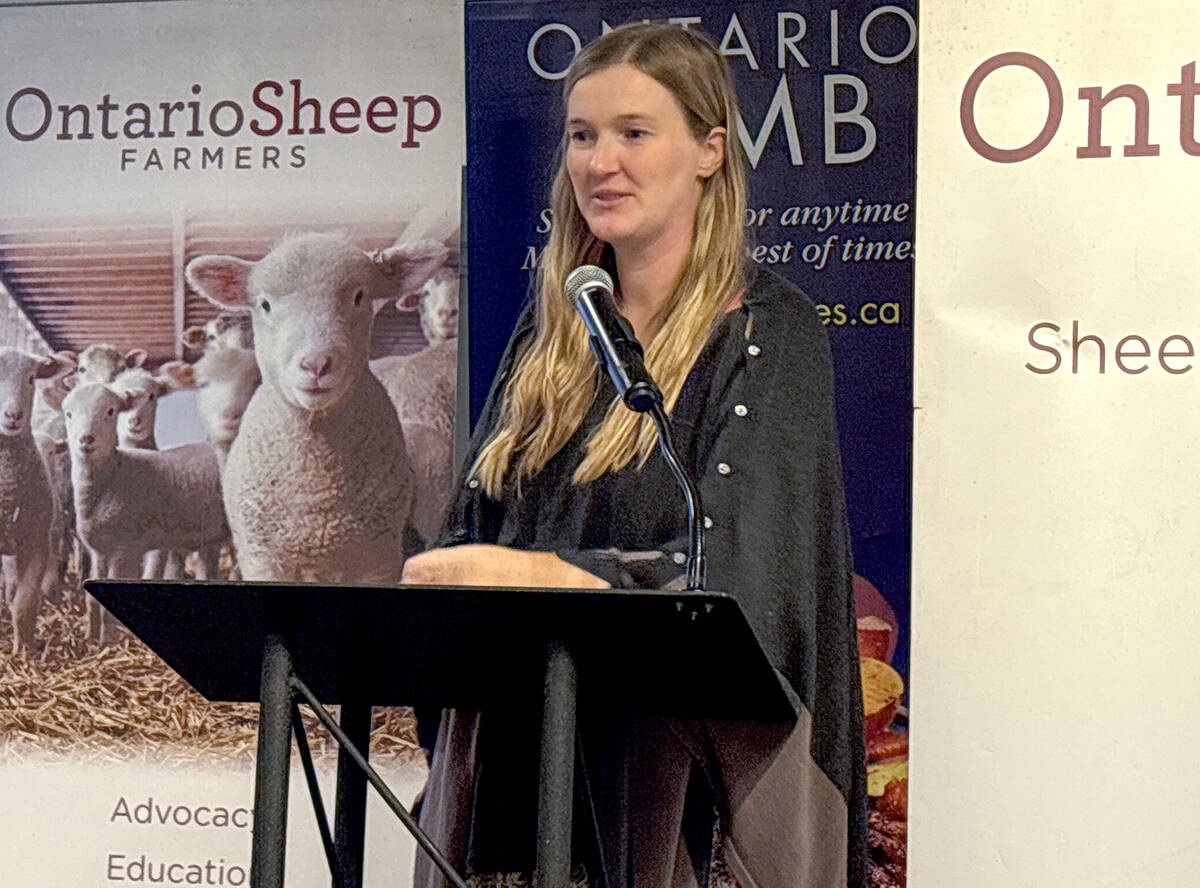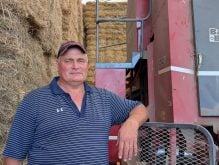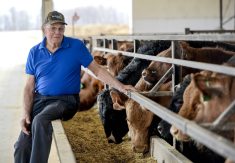When an invitation landed in the Farmtario inbox, I was intrigued. We were invited to attend a demonstration day hosted by the Association of Equipment Manufacturers (AEM) in Ottawa.
The purpose of demo day was to bring employees and policy-makers from various federal government agencies to a farm to see equipment and technology in action.
I don’t remember receiving an invitation like this one, even though it was the third time AEM has held such a demo. What better way to make those that guide policy understand how it affects the boots on the ground?
Read Also

Footflats Farm recognized with Ontario Sheep Farmers’ DLF Pasture Award
Gayla Bonham-Carter and Scott Bade, of Footflats Farm, win the Ontario Sheep Farmers’ 2025 DLF Ontario Pasture Award for their pasture management and strategies to maximize production per acre.
It also made me think back to the many times my father, a 42-year veteran of the Hamilton steel mill Stelco, griped about having to deal with policies or procedures put in place by the ‘men in white hats’ — those with broad knowledge from engineering or business degrees, but little or no on-the-ground experience.
The men in white hats were very good at trying to implement what they believed to be more efficient or cost-saving measures. While the objective was sound, the methodology they wanted to use didn’t always make sense to my dad. He often knew they wouldn’t work, or could see other problems that would result long-term.
As an instrument technician, my dad was a fix-it guy and played an essential role in keeping one of Stelco’s rod mills rolling. He knew the nuances of the mechanical systems and furnaces, and how they worked together. He received formal training in instrumentation as a young man, and it’s a skilled trade.
But it was applying this training, week after week, where he learned what was practical and how to realistically solve problems. He had to engage with other employees in the mill who operated equipment so he could understand their problems and what they needed from him.
I used to think my dad was envious of the men in white hats, because when he complained about them he did sometimes say “but what do I know, I’m not paid the big bucks.”
I certainly think there was some envy on his part but I realized as I got older is that my dad was just really frustrated by the fact that he had to deal with the repercussions of decisions made by others. If he had been consulted or included in the process, a lot of time — and money — could have been saved.
As a long-time editor in the agriculture industry, I have read and written about numerous policy initiatives from provincial, federal and foreign governments about what farmers and food processors and other allied agriculture business should or shouldn’t do, or need to do, with respect to a long list of objectives that include things such as improving animal welfare, using less resources, reducing emissions, etc. — the list is long.
It’s obvious at times that these policies, while often created with good intentions, were drafted by those with little or no experience in the agriculture industry. More ‘men in white hats’, as my dad would say.
That’s why initiatives such as the AEM demonstration day are important.















